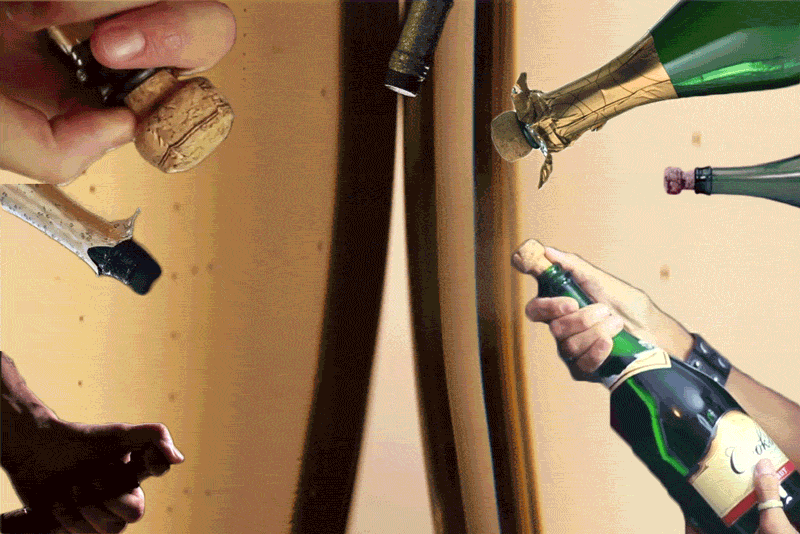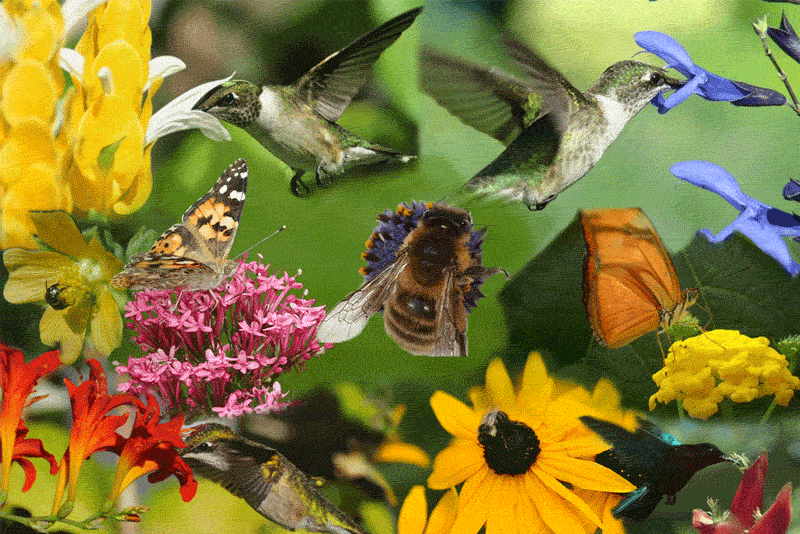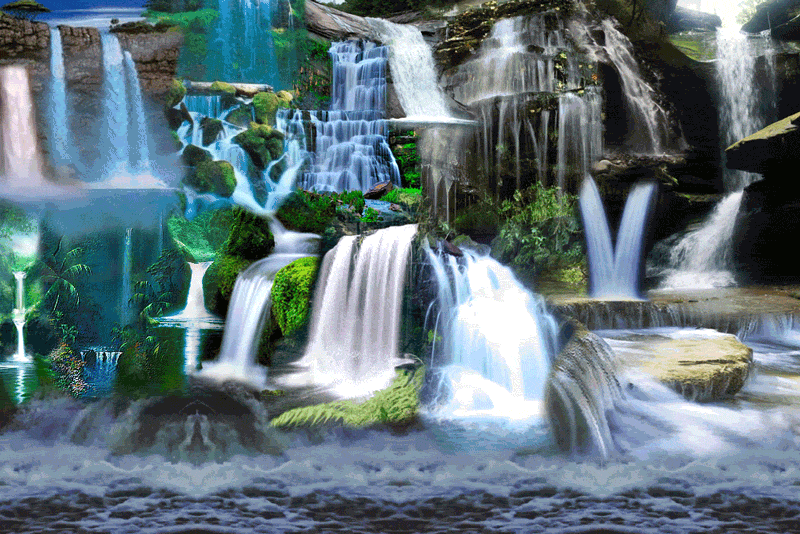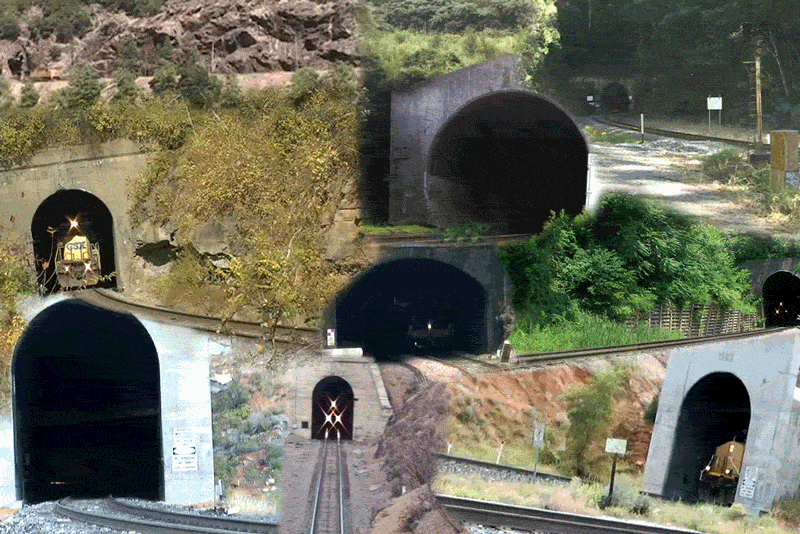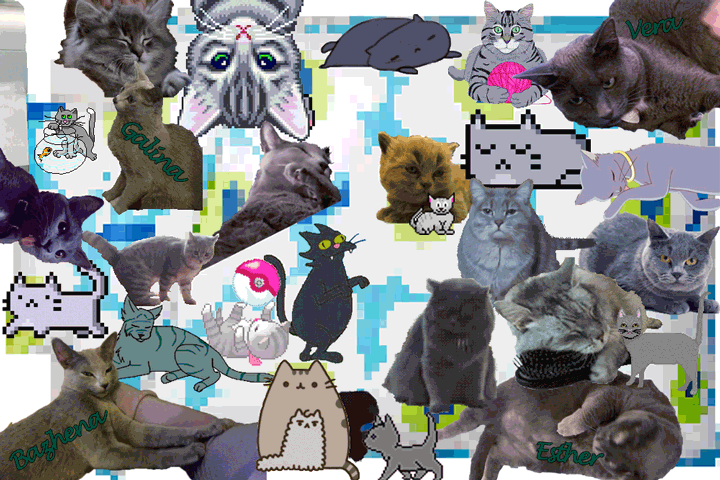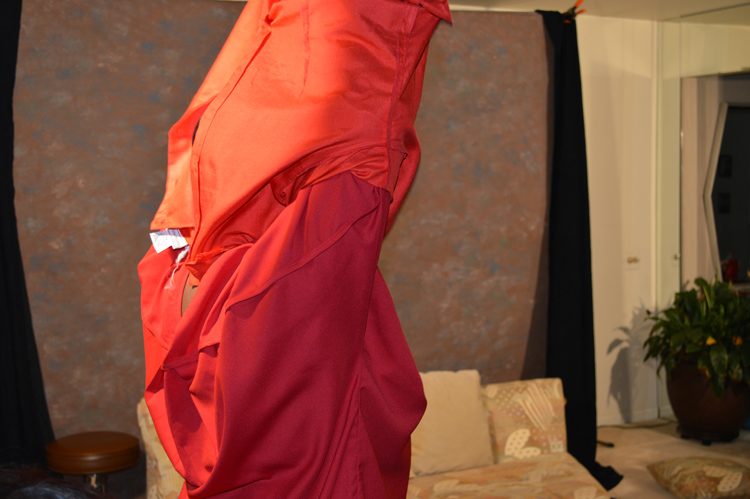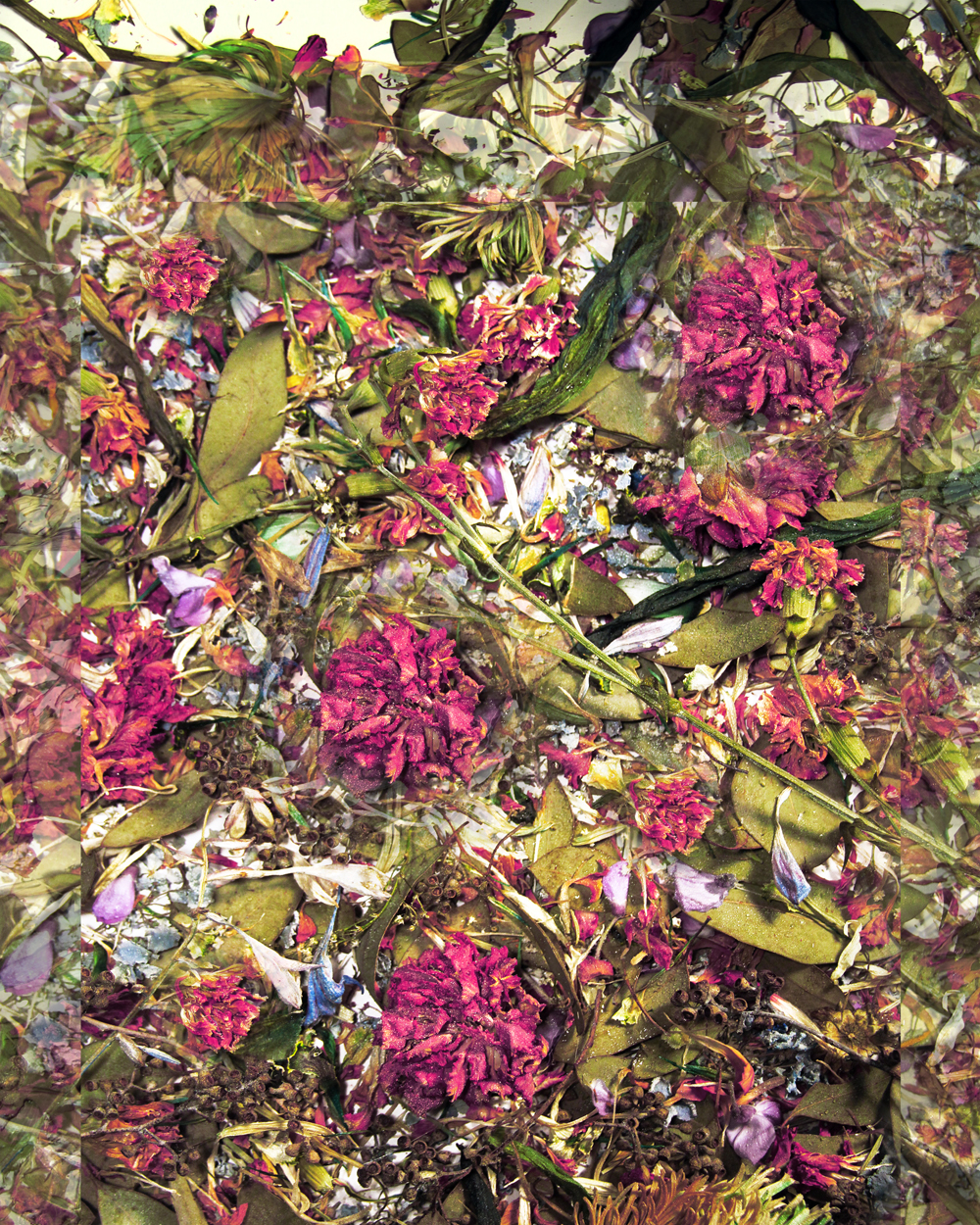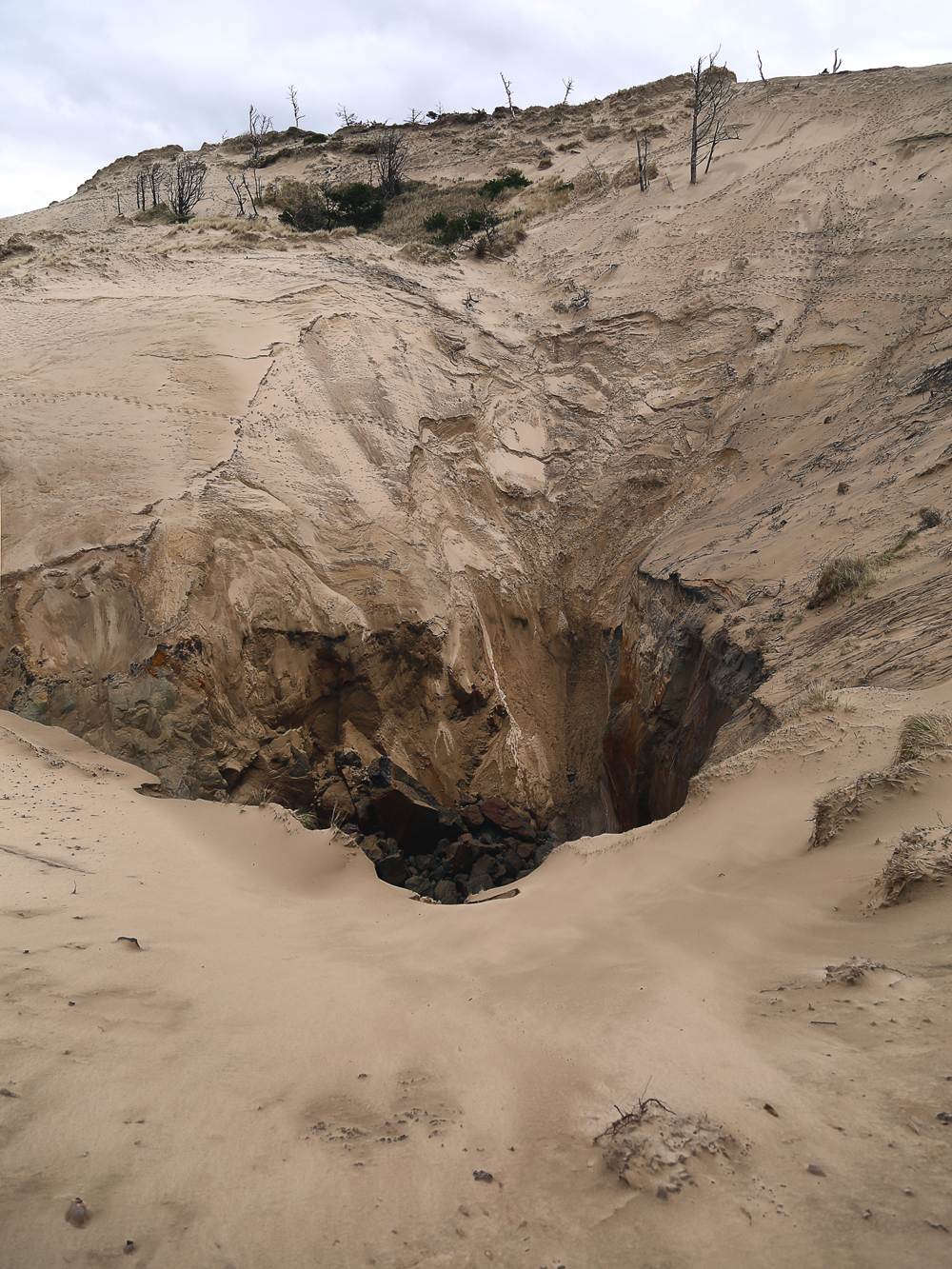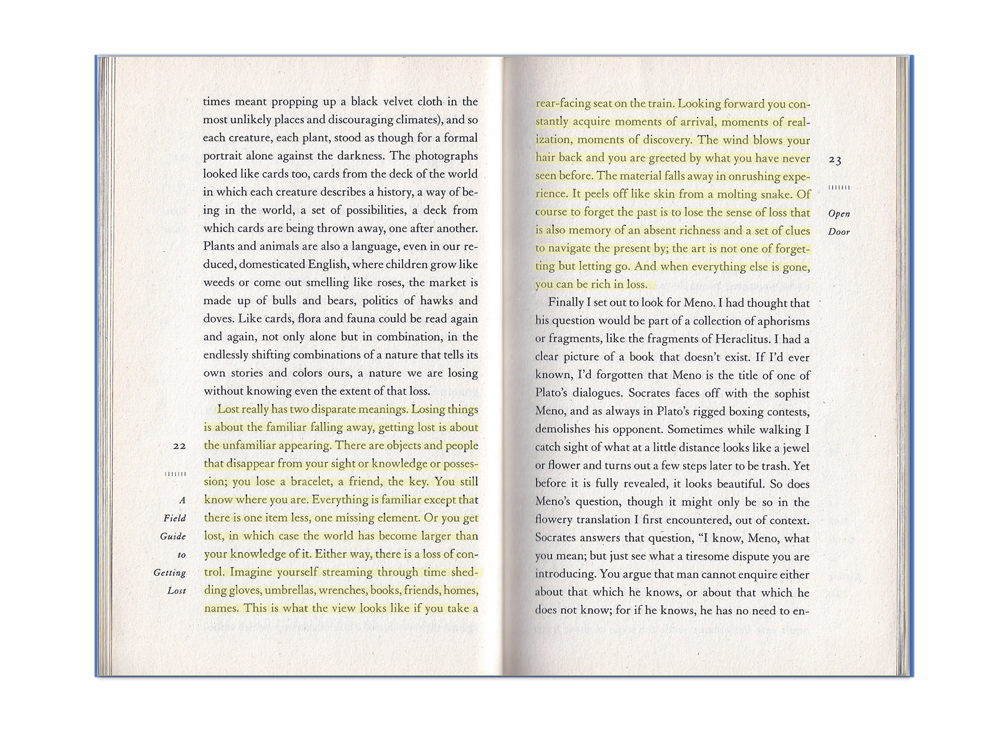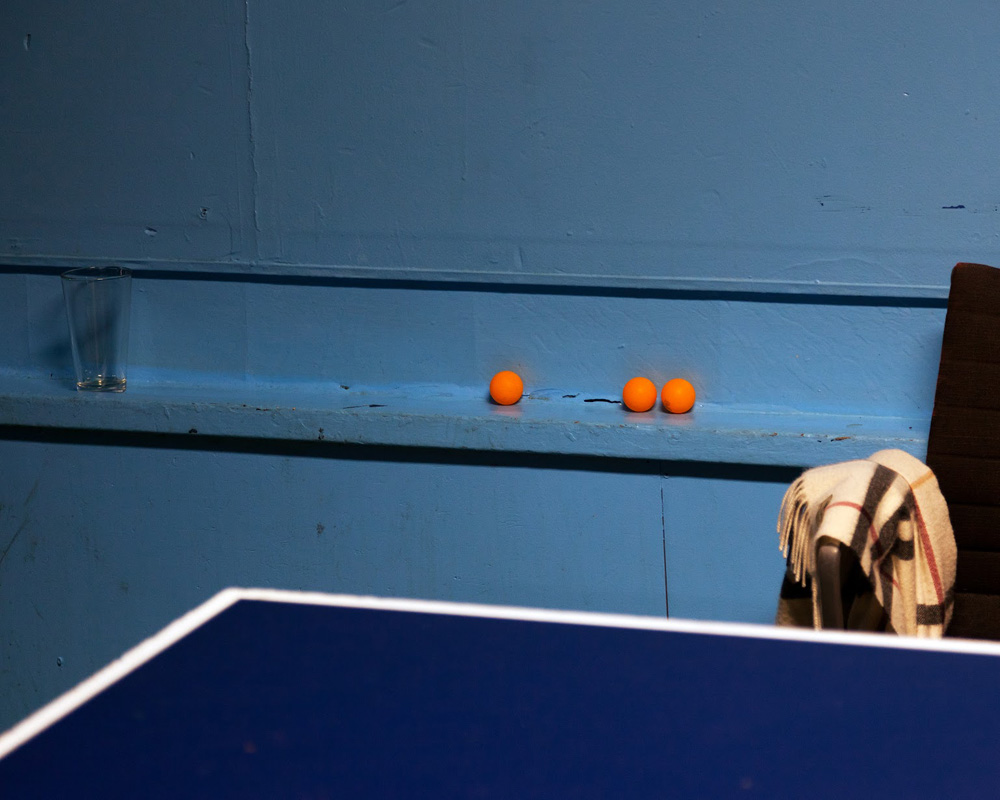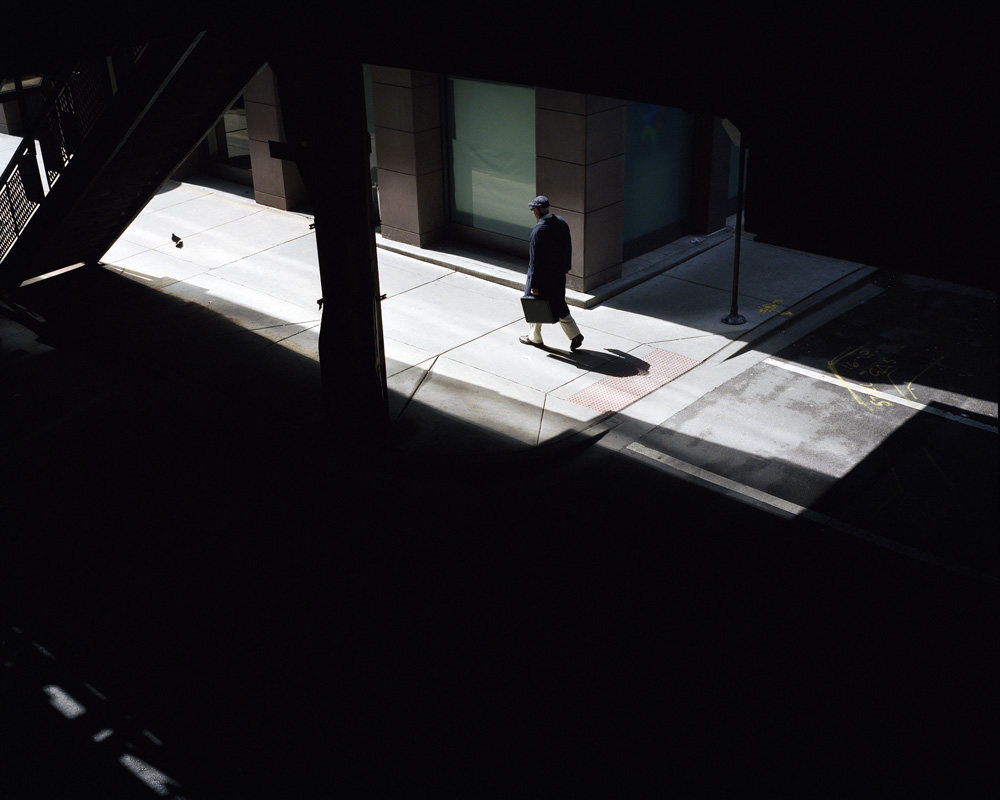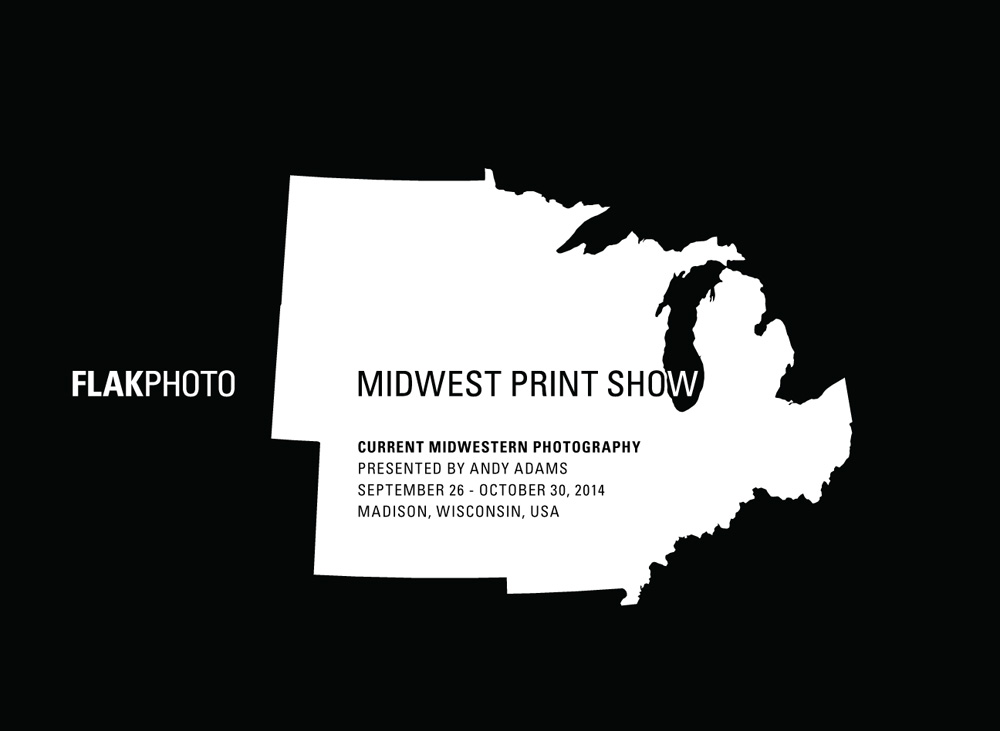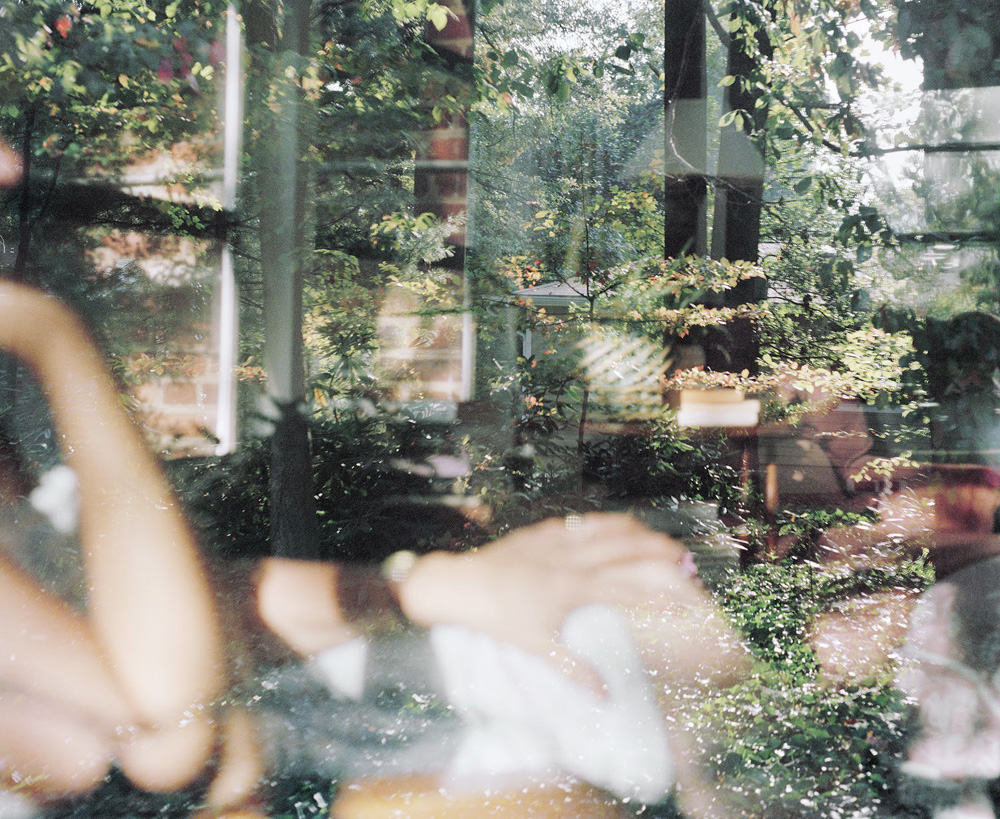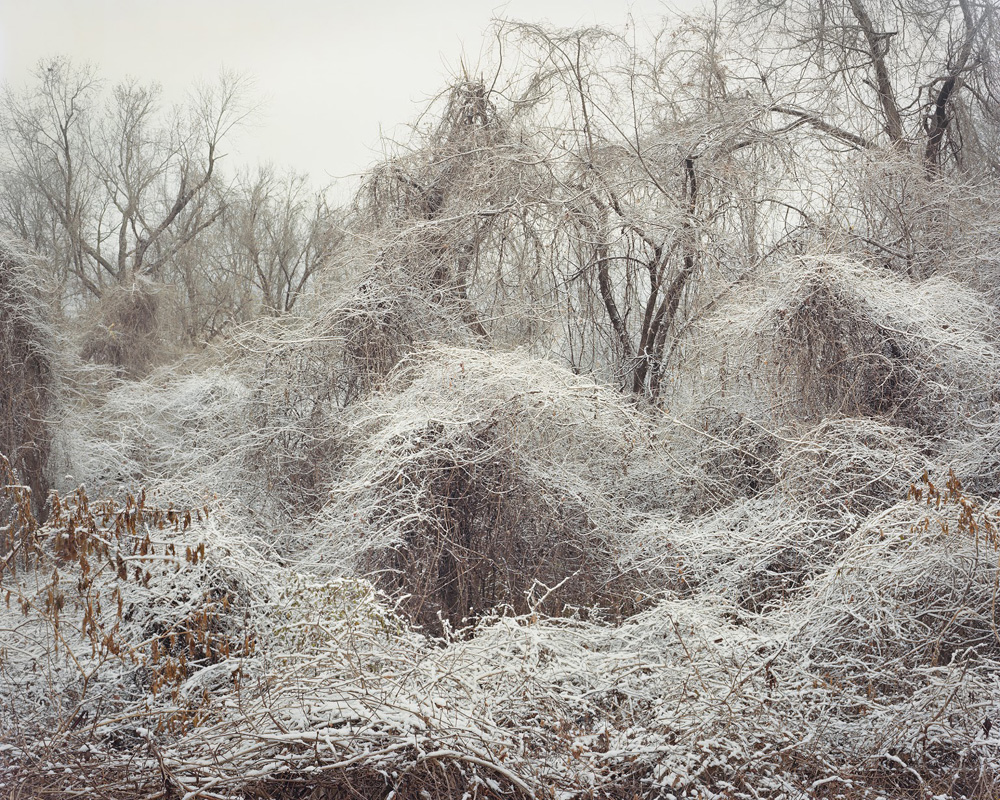“Dogs are a universal part of human culture and have been by our side for 30,000 years evolving to help us in a number of working roles. However, dogs are distinctly non-human and evoke qualities of the savage beast. They straddle the line between man and nature, and are a perfect conduit to illustrate the greater power of nature in contrast to our usual human-centric point of view.” - Andrew Fladeboe
In May, 2013, as part of a Fullbright Fellowship, photographer Andrew Fladeboe began a seven month adventure traveling throughout Norway and New Zealand to photograph various breeds of working dogs in their natural environments. During this time, he fully immersed himself in the culture of working dogs, traveling and photographing extensively, and essentially living a shepherd’s life.
Fladeboe’s dog portraits, often shot before sweeping, monumental landscapes extend beyond straightforward documentary and reportage, with a range of influences drawing from Victorian painting to natural history dioramas. Fladeboe specifically cites nineteenth century painter Sir Edwin Henry Landseer, who pioneered the practice of elevating dogs in hunting scenes, positioning them as highly noble creatures. For Fladeboe, this is central to his love for animals and his quest to depict their uniquely bestial and regal qualities.
While his pictures are in hardly typological, Fladeboe’s process for photographing the working dogs sticks to a formula that produces specific emotional responses and give insights into each dog's psychology. For each picture, he works closely with the dogs’ owners in order to get the right shot. This requires careful maneuvering, and anywhere from three to fifteen attempts before a dog looses focus. When editing, Fladeboe sets specific parameters for giving the dogs a certain aura of dignity.
“I have general rules I've set for myself when choosing the edit. Never have the dog lying down, always with its head up, finding the highest point in the area to shoot from. It was an interesting task getting some of the farmers to work with me, but ultimately they enjoyed the process and were much more interested in the project after they saw the way I approached my subjects”
Fladeboe also credits the dioramas at the Museum of Natural History in New York City as the first and foremost influence to his photographic seeing and as a foundation for how he sets up and constructs his real world photographs.
“I'd wander around the ones at the Natural History Museum in New York and photograph them as many photographers do. I realized that I should try creating my own scenes with real animals, using the dioramas as compositional frameworks.”
The images shot over the past year are a continuation of Fladeboe’s ongoing multi-volume body of work The Shepherd’s Realm. The project began in 2011 during an artists’ residency in the Netherlands followed by three weeks in Scotland. Many of the initial images were digitally manipulated composites of different species of animals, but evolved into the straight, dog specific photographs that Fladeboe made during his Fullbright. While these initial images might stand out from the group on technical grounds, they add a fundamental layer to Fladeboe’s unique relationship with animals.
“ I see this project as a kind of box set of the wonderful animals I've met on my adventures. I will continue working on new volumes for many years (I have an evolving list of future locations), but I think my next project may be separate from the series with more deliberate, constructed, and larger scale works that still use animals as my narrative muse. Dogs may continue to be a focus but I'm open to branching out to different animals again. “
BIO: Born in California in 1984, Andrew Fladeboe grew up in Japan, Russia, and Austria before obtaining his BFA in photography from the Rhode Island School of Design in 2006. He has spent time photographing animals for The Shepherd's Realm series in the Netherlands, the Highlands of Scotland, Southern France, and Norway. In 2014, Andrew was awarded a Fulbright Grant to photograph and study working dogs in New Zealand. He is represented by Peter Hay Halpert Fine Art in New York City, where he'll have a solo exhibition in fall, 2015. Follow him on Instagram @Fladeboe
















